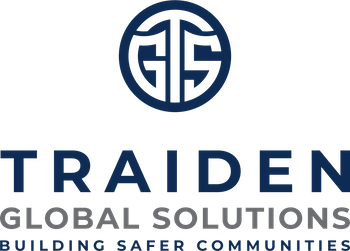Those of us associated with the emergency response world don’t need to look back to far to find plenty of disastrous hurricanes, earthquakes and wildfires, acts of violence, explosions, fires, and accidents in our industry to know that the risks of today are greater than ever. Those threats that were mainly the result of natural disasters and technological accidents have now been infused with an element of intentional mayhem.
Today’s targets are vulnerable locations such as school and churches, hard to defend locations such as concerts and public venues, or large capacity facilities, business centers and hotels. Venues that have always been considered as safe and fun have become locations of violent behavior. These facilities, when they were built, were never intended to be defended from the risks and threats of today.
The mass shooting event during the 2017 Route 91 Harvest Festival in Las Vegas will forever change the way we respond to major emergencies and disasters. We realized that it takes a concerted effort of an entire community to respond to and recover from these horrific acts of violence. It takes that same community to make ready the region for potential risks and threats, disasters and emergencies that we may face in the future.
We should be able to place a pin on a map anywhere in a region, determine the risks and threats, identify the vulnerable population and assets, rapidly deploy resources and mitigate events in a timely and responsible manner. Our current Public Safety systems (Police, Fire and EMS) are designed to handle the majority of day to day events and activities. More complex issues are handled through mutual aid agreements and joint response with surrounding agencies. However, we have witnessed many situations where local and regional resources are not enough. When major emergencies, disasters, accidents and incidents occur, the business community will need to increase their ability to respond to these events if they Plan to Stay in Business.
It’s not enough to just have a plan. In fact, the plan is probably the last thing we reach for when the crisis begins. We should rely on the strength of our team to make the right decisions at the right time. The value of the plan is to teach our team how to make good decisions based on the event strategies that we create. What we build are programs that create a safe and secure working environment and instill a sense of situational awareness, preparedness and responsiveness within our company.
Risk Management, if done correctly, will increase the efficiency of operations. Imagine if every employee was looking out for the welfare of the company, self-motivated to create a safe and secure work environment, capable of running operations as efficiently as possible during normal conditions and prepared to respond if something did go wrong.
A Risk Management Program is necessary to keep us in compliance. More importantly, it will help us to Plan to Stay in Business. A comprehensive program consists of the following:
• Business Continuity – The plan that keeps us in business during and after incidents and accidents, emergencies or disasters
• Emergency Management – represent how we respond to those events
• Safety Programs – protect our employees, vendors, visitors and guests from risk of injury or illness due to any part of our operations. It also protects our assets and systems from unnecessary damages or loss.
• Security Programs – protect assets including personnel, operations, data, intellectual properties and physical boundaries.
Simply put: Emergency Management is what we do when our Safety and Security expectations fail. Business Continuity is the plan that returns us to a sense of normalcy as quickly as possible.
Traiden Global Solutions Your Risk Management Partners
